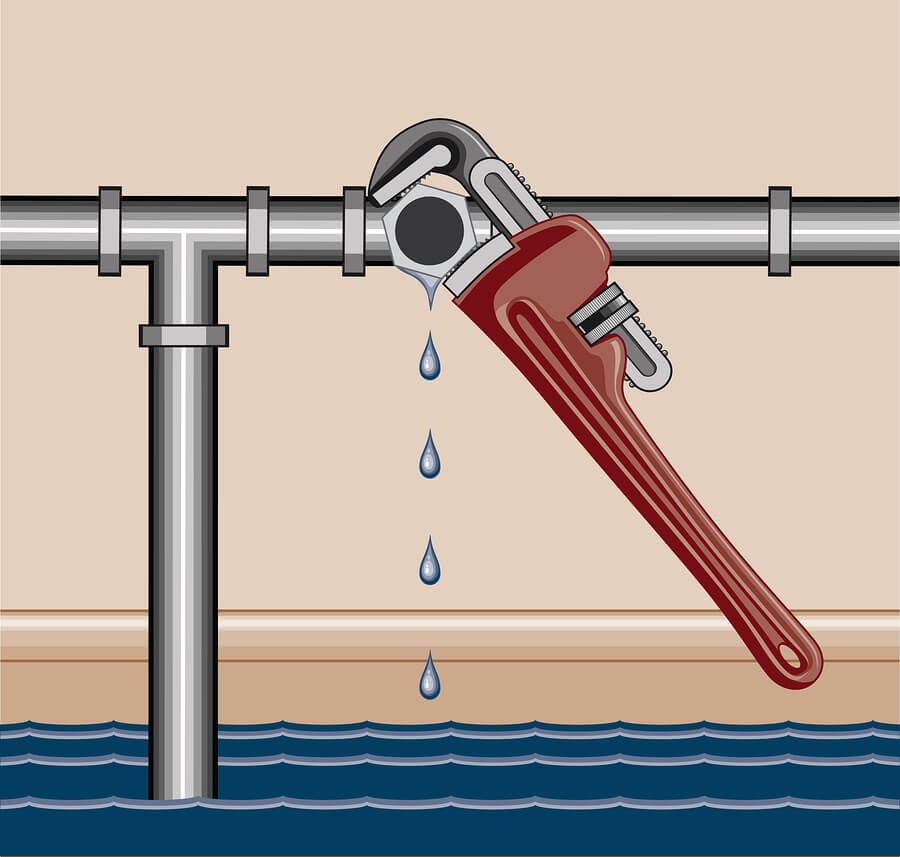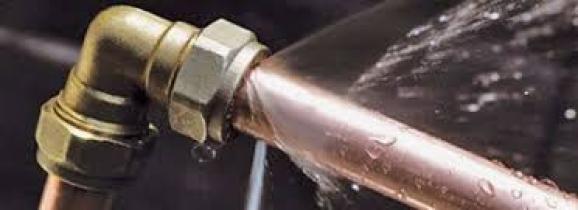The Home's Most Typical Factors of Leakage: Thorough Investigation
The Home's Most Typical Factors of Leakage: Thorough Investigation
Blog Article
Just how do you feel about Common Water Leaks In House?

Leaks not just cause waste of water yet can likewise create unnecessary damages to your home and also promote undesirable organic growth. By recognizing as well as looking for daily scenarios that trigger leaks, you can shield your house from future leakages and unneeded damages.
Immediate temperature level adjustments.
Extreme temperature modifications in our pipes can create them to expand and get all of a sudden. This expansion and contraction may cause fractures in the pipelines, particularly if the temperature are below freezing.
Corroded water supply
As time passes by, your plumbing system ages and also rust such as corrosion may start gnawing the pipelines. This may be the cause of staining or warping on your water pipes. This asks for an assessment with your plumber right away. Take into consideration changing the pipes because they are at a higher threat of corrosion than the newer designs if our plumbing system is old.
Malfunctioning Pipeline Joints
Pipeline joints can degrade over time, resulting in water leaks. If you have loud pipelines that make ticking or banging noises, especially when the hot water is turned on, your pipeline joints are probably under a lot of pressure.
Elbowing in roots
A lot of water leakages begin outside the residence instead than inside it. You could notice damp patches or sinkholes in your yard, and that might suggest that tree roots are getting into water lines triggering water to leak out.
Poor Water Connectors
At times, a leak can be triggered by loosened tubes as well as pipes that supply your devices. In case of a water links leak, you may see water running directly from the supply line or pools around your appliances.
Blocked Drains
Obstructed drains pipes may be annoying as well as inconveniencing, yet they can in some cases end up creating an overflow leading to burst pipes. Maintain getting rid of any materials that may decrease your drains that might block them to stay clear of such aggravations.
All the above are causes of leakages but not all water leaks result from plumbing leakages; some leakages could originate from roof covering leakages. All leakages must be fixed promptly to prevent water damage.
Leaks not just create waste of water yet can likewise trigger unnecessary damages to your house as well as promote undesirable natural growth. By looking as well as understanding for day-to-day scenarios that trigger leakages, you can secure your home from future leakages as well as unneeded damage. Today, we will certainly look at 6 leak triggers that may be creating your pipelines to drip.
At times, a leakage can be triggered by loose hose pipes and also pipes that provide your appliances. In instance of a water links leak, you may see water running directly from the supply line or pools around your home appliances.
TYPES OF WATER LEAKS YOU SHOULD BE FAMILIAR WITH
Shower Fixture Water Leaks
If you notice a water leak near your shower fixture, perform an inspection to confirm if you are able to find broken caulk lines. As your shower fixture becomes older, it is not uncommon for water to leak onto the other side of the frame. To fix this type of plumbing leak, scrape off the old caulk and run a new bead of it around the shower fixture to seal up any fractured crevices and holes.
Bathtub Drainage Water leaks
To fix this type of leak in a bathtub, remove the drain flange and clean it. Next, you should also remove the rubber gasket located beneath the tub’s drain hole. Buy a replacement gasket that matches the old version and install it in the same location. Once the drain flange and rubber gasket are installed, apply a small amount of silicone caulk to the drain to prevent water leakage below your tub.
Water Pipe Leaks Behind Walls
Issues such as discolored grout and loose shower tiles may be caused by a water pipe leak behind the walls in your bathroom. To fix this plumbing leak, you will be required to remove the tiles, grout, or caulk in your shower. Once the tiles in your shower have been removed, perform an inspection of the drywall to confirm if it’s moist or wet. If you notice water marks or mold on the wall, this is an indicator of a water pipe leak.
Toilet Leaks
Nobody likes a toilet leak. It can cause water damage to the subfloor, joists, or even the ceiling in the room below. To combat this type of water leak, you will need to reinstall your toilet with a brand new ring of wax. If the toilet sits uneven, be sure to add toilet shims to correct the issue. Do you notice a broken bolt slot or flange? We recommend performing a new metal flange installation to remediate this issue.
Sink Water Leaks
To prevent damage to the beautiful counter tops in your kitchen or bathroom, tighten the base of your sink to prevent a water leak. Next, scrape away any old caulk around the sink and apply a fresh coat. Prior to using the kitchen or bathroom sink, you will need to secure the fixture to the countertop with the clips located beneath the sink rim to prevent a water leak.
https://www.fenwickhomeservices.com/blog/6-types-of-water-leaks-you-should-be-familiar-with/

We were made aware of that editorial on How to detect water leaks in your home from a friend on our other website. Be sure to take a moment to share this entry if you enjoyed reading it. Thank-you for your time spent reading it.
Tap issues? Ring! Report this page